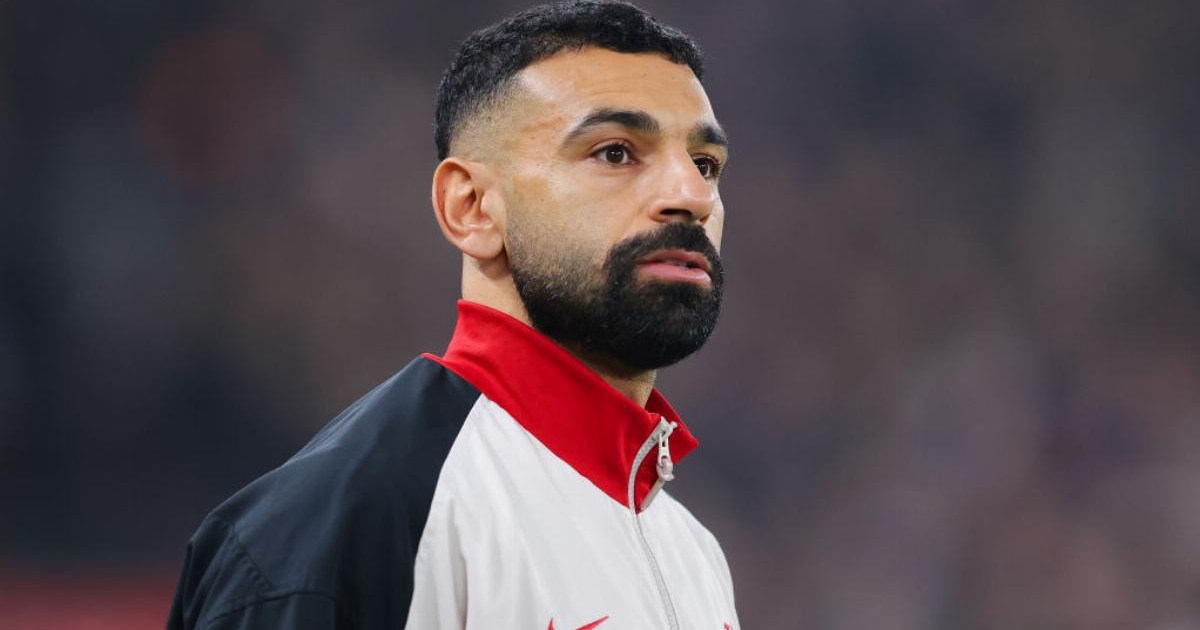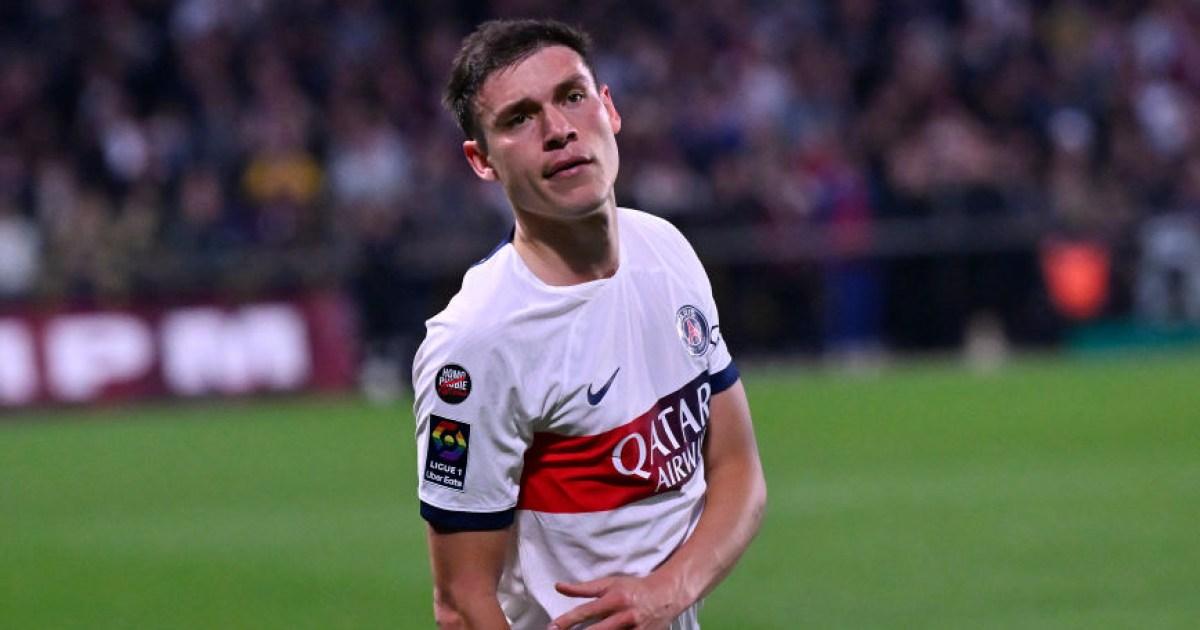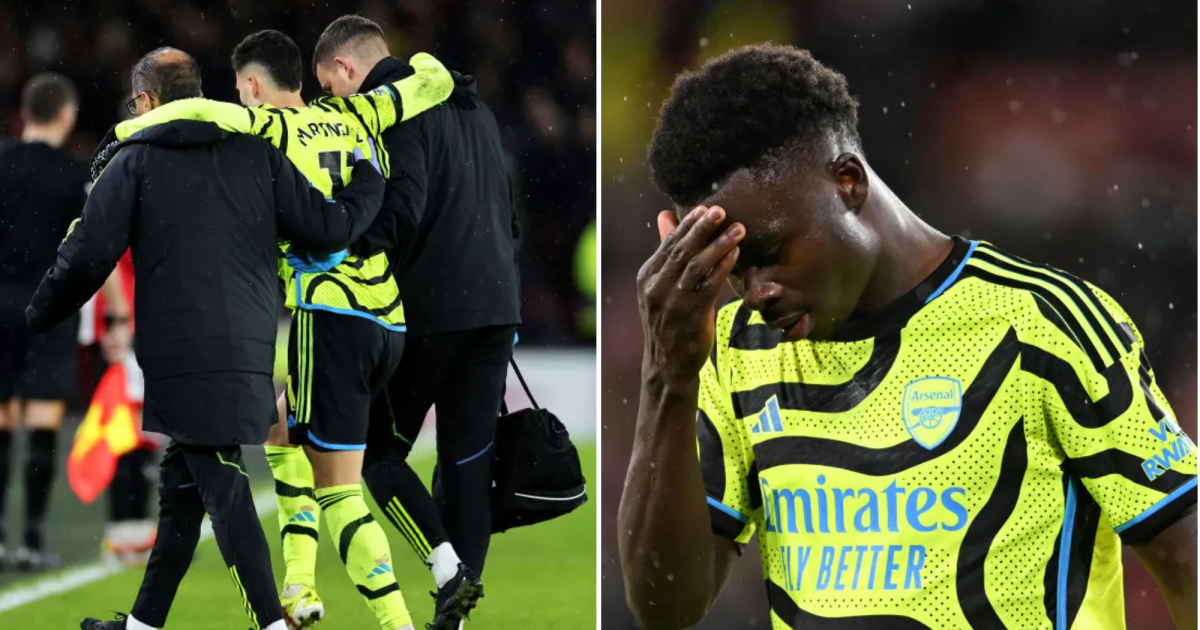Kimberley Woods has been dumped off a high ramp into the roaring waters in her sleek kayak cross boat. As the rain falls relentlessly at the Lee Valley White Water Centre in London, on the course where she became a world champion last September, Woods faces the raw elements and her past demons. In less than five months she aims to win gold in this wild and rollicking event at the Paris Olympics and complete an uplifting story of hope and healing.
Woods survived years of bullying, depression and self-harm and the 28-year-old slalom canoeist has a serious chance of winning an Olympic medal in the K1 class. But the jeopardy will be most intense in the kayak cross.
On Monday, in one gruelling practice run after another, Woods defends herself against her teammates as they replicate the bullying tactics she may experience as world No 1 in Paris. Rival paddles and boats bash against her but Woods surges ahead, negotiates the heavy buoys, flips through an Eskimo roll under water, flies across the rapids, and finishes the course in a minute’s worth of power and skill.
Woods has been through so much in life that she cracks a joke as she steps out of the water, carrying the boat on her shoulder, and trudges through the downpour to the ramp which stands more than two metres above the water. She and three other athletes will line up again on the ramp and wait for the shock when, without warning, it drops them into the foaming torrent.
Everything makes sense two hours later when, in a quiet cafe, she discusses her past adversity. Woods was born in Rugby in 1995 and one of her earliest memories was of an apparent drug raid at a neighbouring house: “I remember looking out the window and saw a Swat team rushing in. It’s a bit crazy how I lived in a neighbourhood like that but when I go home now it’s way different.”
Woods was naturally gifted in sport and, she says wryly, “I was that annoying kid that wanted to give everything a go.”
Canoeing became an early obsession. “My grandparents got me into the sport,” Woods says, “as my auntie Diane won silver at the junior worlds in 1994, the year before I was born. When I was younger I watched the recording and I was amazed. There’s a photo of me in canoeing gear, which was way too big, watching it on TV. I was four.
“Obviously, you have to learn to swim 50 metres before you get in a boat. So my grandparents said: ‘As soon as you do that, we’ll get you a boat.’ I was eight when that happened and I was hooked. I was fortunate my first junior worlds was in the exact place where my auntie won her medal. I came away with three medals and a fourth place.”
At the same time Woods was being bullied systematically about her physique at school. “Most of the time I owned it. I was like: ‘So what? I need strong arms for sport.’ But of course I felt self-conscious being around girls and women who don’t look like that. I spent many a bus ride home crying.”
She was bullied between the ages of eight and 14 and Woods says: “I’d love a conversation with them now and see where they’re at because I’m going to my second Olympics. But I was a bully’s dream as they always got a reaction out of me.”
Woods could not share her trauma with anyone. “I dealt with it on my own. When I went home my parents were always busy with my [three] siblings. I made sure I’d have a straight face as I didn’t want anyone to see me [crying].”
That tendency to internalise pain recurred when, forced to stop canoeing after tearing an anterior cruciate ligament in 2015, Woods felt bereft and began cutting herself. “My only outlet then was self-harming,” she says calmly, “and it was really hard to get out of that habit. As soon as something got hard that was my immediate response because physical pain was easier than emotional pain. I kept everything to myself and hid it.”
But she could not conceal the truth for long. “I lived in a house with other canoeists and I remember washing up one day where I’d rolled my sleeves up. They saw my arms and things went quiet. I was like: ‘I’ll quickly do this and go hide.’ We were in the same training group and I’m not sure if they spoke to Craig Morris [her coach].
“It took a while for Craig to say something because he wanted to approach me in the best way. I remember we sat down and he said: ‘Are you OK? Do you need some help?’ I broke down, admitted everything and a massive weight lifted. I’ve been very fortunate to have Craig in my life. He’s a father figure as well, because I’m not close to my family, and I see Craig almost every day. He’s been coaching me since I was 15.”
Was she frightened when Morris, despite his gentle approach, spoke to her? “I could feel it building but I don’t know what I was scared of because I knew he wouldn’t judge me. He’s a very good person and a great coach.”
Morris helped her start counselling but the cutting continued. “I never did it much in the summer,” Woods says. “I’d get my vitamin D from the sun and things are way better in the summer. But I was self-harming on and off for three or four years. Most of the time my training was fine and in 2016 I had a really good year and went to the Rio Olympics as part of Team GB’s Ambition programme. I won more World Cup medals and became Under-23 European Champion but, on the inside, things weren’t good.
“The self-harming was still happening and I’d go to my teammate after a race and say: ‘Do you have compression sleeves?’ It was roasting hot so I wouldn’t get away with a jumper. I got some funny looks but he wouldn’t ask questions. I knew deep down that he knew.”
The cutting, Woods says, “was predominantly on my arms. But then I figured out a way to do it on the top of my thighs as I thought: ‘If no one can see it, no one will ask questions.’”
after newsletter promotion
Woods was admitted to the Priory twice. “I absolutely hated it the first time and didn’t want to go back. I did well that season but as soon as it came to winter I thought I’d give the Priory another go. I was paired with someone else and understood why they didn’t throw me on medication. It’s good because there’s this perception that, if you’re ill, you get medication and they go: ‘See you later.’ But they saw I was willing to do the work and accept help. I went for six months – but not full time.”
At her lowest, Woods considered taking her life “quite a lot. There wasn’t a situation where it nearly happened. I just thought it would be an easier escape but it was too hard for me to not think about other people.”
She says “it’s been a long time since I [self-harmed]. The last time was after a race, just before the Tokyo Olympics [in 2021]. It was overwhelming racing again after Covid. But, since then, I’ve had different strategies to avoid self-harming. I still have a hairband on my wrist which I just flick and that changes the senses. Sometimes, I just need a little cry or I talk to my partner, Elliott, or Craig and we break it down and I feel calm.”
The Tokyo Olympics were still an ordeal and Woods finished last in the K1 final. She was caught in a burst of “ugly crying on TV” but she describes her “favourite photograph of those Games. It was of my teammates and Craig supporting me. I learned a lot but, most of all, not to be too hard on myself. The next few months were really difficult, but I told myself: ‘No matter what happens, I’m going to the first training session.’ I hated it and spent the whole time crying. But I did it, and that was important as we had a world championships that year.”
Woods showed her tenacity when, despite being involved in a serious car accident shortly before those worlds, she won a bronze medal. “The accident was horrible. My ankle was badly hurt but I managed to get out of the wheelchair, be on crutches and use the ice machine. I was determined to race.”
At last year’s world championships in Lee Valley, Woods won silver behind her teammate Mallory Franklin in C1 to become “only the third woman in [canoeing] history to win three different [world championship] medals across three different disciplines. But the K1 didn’t go as well [and she failed to make the final].”
Despite fretting about her Olympic place Woods was imperious as she powered into the final of the kayak cross where “coming out from the last upstream, seeing the other girl go to the other side of the river, and me being in the faster water, I was like: ‘This could actually happen.’ The last gate was tricky so I thought: ‘Just breathe.’ As soon as they knew I was through, everyone started cheering. The video is funny as my mouth is wide open and I’m like: ‘I’ve done it! Oh my God!’”
The girl who had been bullied for so long, and the young woman who had harmed herself for years, had become a world champion. She soon jumped back into the water to embrace her teammate Joe Clarke who won gold in the men’s kayak cross. “Joe’s always supported me. He’s like a big brother and the male version of me. He has so much grit and determination and he’s way better now than when he won Olympic gold [in 2016].”
The GB canoeing team have compelling medal chances in all six events in Paris. “We’re going in with two Olympic medallists, Mallory and Joe, and we’ve got three world champions in me, Joe and Mallory. I’ve got a good feeling about us.”
As for her own prospects of winning two medals, with at least one gold, Woods says: “I’ll print off a replica of the Paris medals to look at. At the worlds I had a printout of the medals before racing and then I won the first gold in the [canoe] team event. So I replaced the printout with an actual gold medal. It will be nice to do that in Paris.”
She smiles and brings out her phone to play the video she had asked me to film of her a few hours earlier. After training, she and the Guardian’s Tom Jenkins had decided to have some fun with water while her photograph was taken. There was much hilarity but, now, we see something different.
Woods had instinctively shut her eyes and laughed when she was first drenched in water. But, in the last video, she is unflinching. The water bounces off Woods while her eyes stay wide open. In the liquid light, her gaze carries glints of steel and gold.







